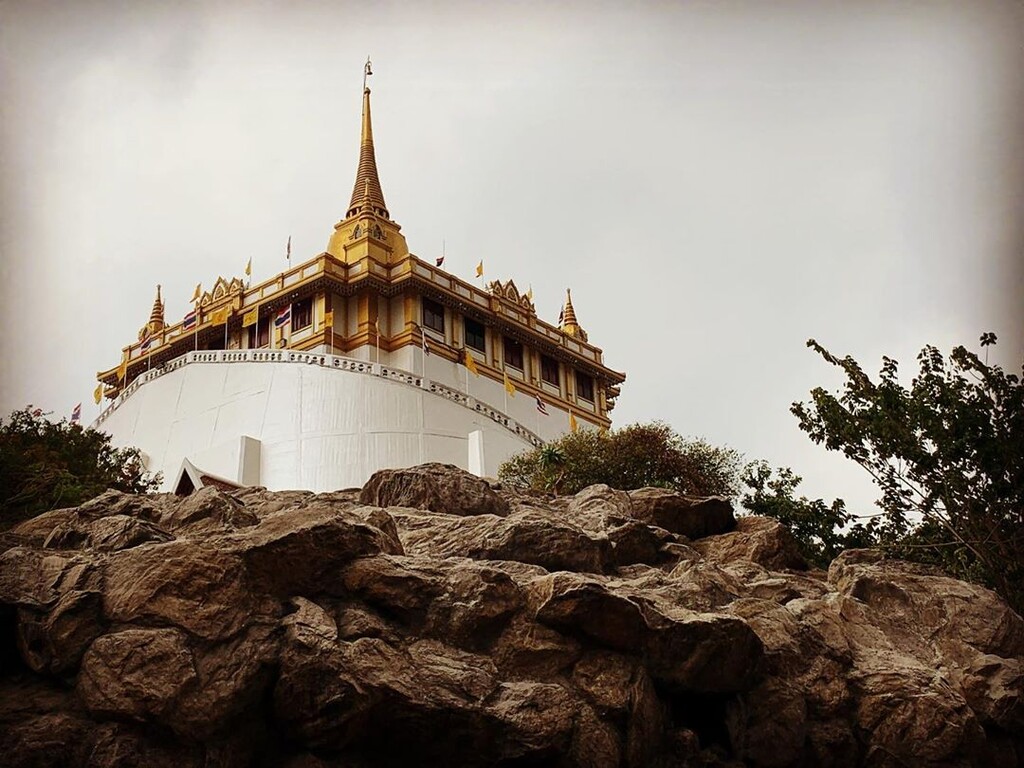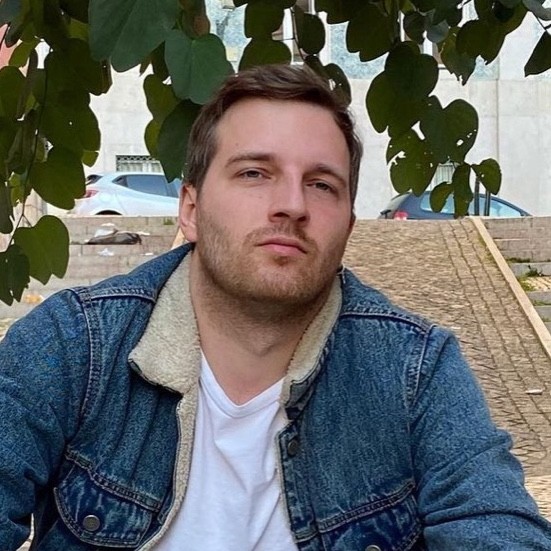Wat Saket Ratcha Wora Maha Wihan usually shortened to Wat Saket is a Buddhist temple (wat) in Pom Prap Sattru Phai district.
The temple dates back to the Ayutthaya era, when it was known as Wat Sakae. When Bangkok became the capital, King Rama I (1737–1809) renovated the temple and gave it its present name. Its name roughly translated as "wash hair". Since it was believed that on the way the king returned from the war. He stopped by to take a bath and wash his hair here, before entering inner city.
Phu Khao Thong (“Golden Mountain”) is a steep artificial hill inside the Wat Saket compound.
Rama I's grandson, King Rama III (1788–1851), decided to build a chedi of huge dimensions inside Wat Saket, but the chedi collapsed during construction because the soft soil of Bangkok could not support the weight. Over the next few decades, the abandoned mud-and-brick structure acquired the shape of a natural hill and was overgrown with weeds. The locals called it the phu khao, as if it were a natural feature.
During the reign of King Rama IV, construction began of a small chedi on the hill. It was completed early in the reign of his son, King Rama V (1853–1910). A relic of the Buddha was brought from Sri Lanka and placed in the chedi. The surrounding concrete walls were added in the 1940s to stop the hill from eroding. The modern Wat Saket was built in the early 20th century of Carrara marble.
An annual festival is held at Wat Saket every November, featuring a candlelight procession up Phu Khao Thong to the chedi, along with a long red robe wrapped around the chedi, similar to "Hae Pha Khuen That" festival of Wat Phra Mahathat, Nakhon Si Thammarat province in sounthern. Devotees write their names and names of family members on the robe and set the mind to pray, believed to have been fulfilled in prayer. This festival has been carried on since the reign of King Rama V.
At the same period, a great Loi Krathong festival will take place at the temple, along with freak shows such as Phi Krasue ("floating female ghost head with glowing viscera dangling below"), Khon Song Hua ("two-headed man"), Mia Ngu ("snake's wife"), or fun games Sao Noi Tok Nam ("little girl falling into water") etc. It has been well known among Bangkokians since the past, also at nearby Fort Mahakan community was a hub of the fireworks shop. But after the demolition of the fort and its community, fireworks trading has been banned ever since.




